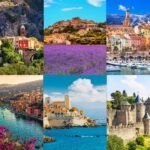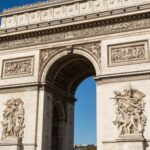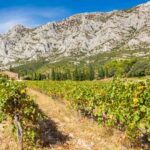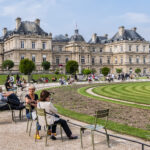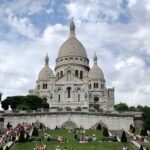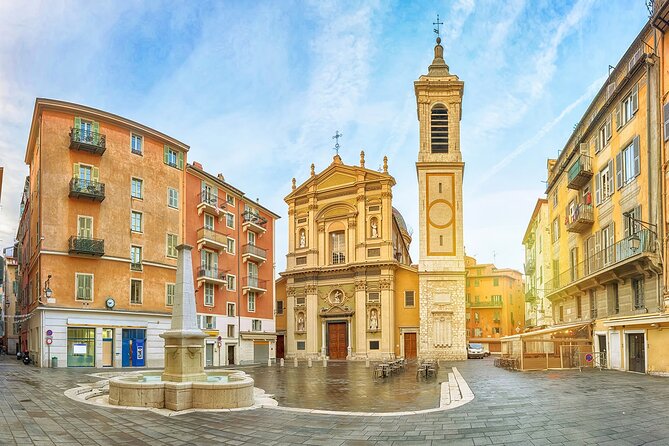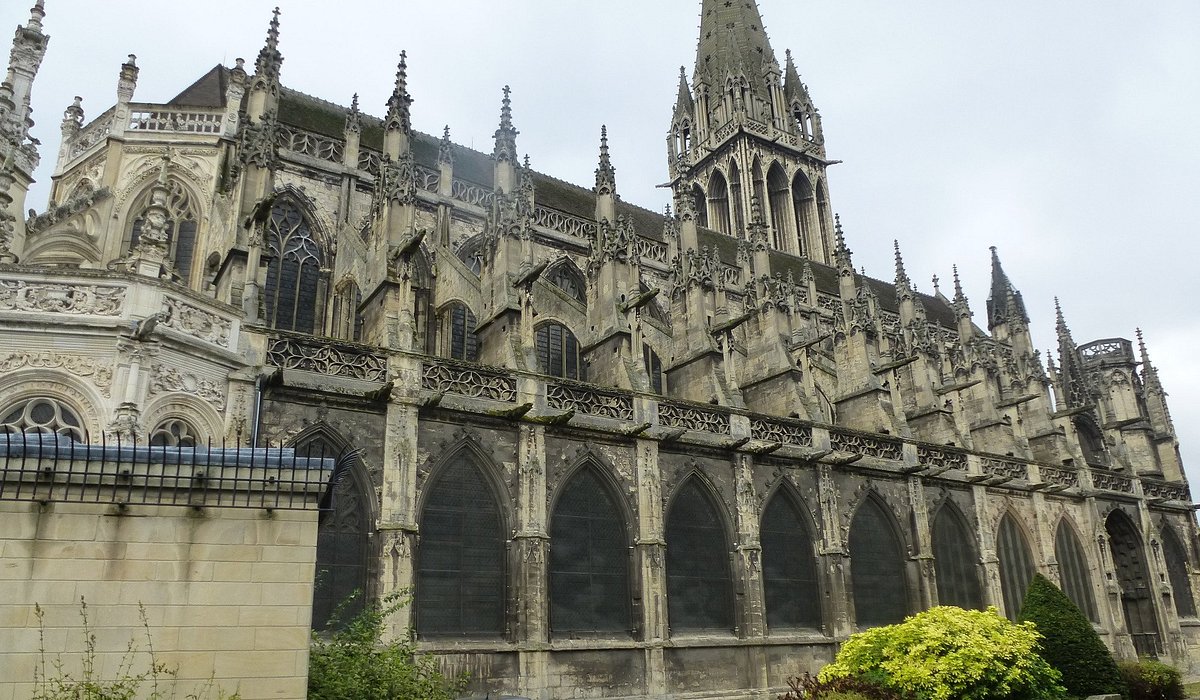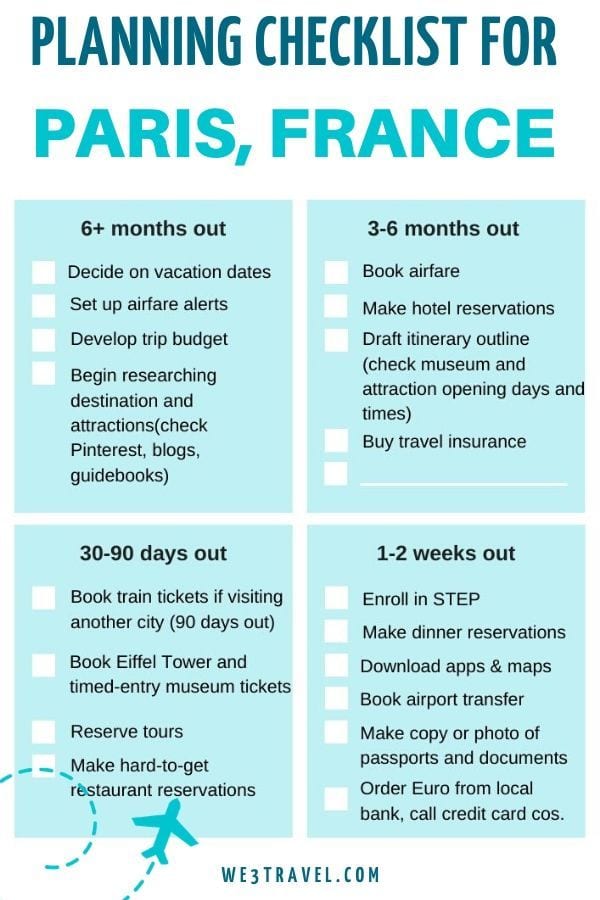

Language: English
When navigating the beauty of France, knowing a few key phrases in French can dramatically enhance the experience. Whether you’re ordering a café or asking for directions, locals appreciate the effort. Here are some essentials:
- Bonjour – Hello
- Merci – Thank you
- Où est…? – Where is…?
Bringing these phrases into conversations can lead to more engaging interactions!

Language: English
Transitioning from exploring seasonal timings, understanding language nuances can transform one’s travel experience in France. While French is the dominant language, English is widely spoken in tourist areas. Here’s how to navigate this:
- Basic English Phrases : Most locals can understand simple English.
- French Phrases : Learning a few words fosters goodwill.
For instance, using “Merci” after receiving help opens doors to friendlier interactions. Remember, a smile transcends language barriers!

Understanding the Climate in France
Having explored essential language tips, it’s time to delve into the climate, which can significantly influence travel plans. France experiences four distinct seasons, each offering its own charm. Here’s a quick overview:
Overview of France’s Four Seasons
- Spring (March to May) : Blossoms and mild weather invite outdoor activities.
- Summer (June to August) : Warm temperatures perfect for beach getaways.
- Autumn (September to November) : Beautiful fall foliage creates picturesque landscapes.
- Winter (December to February) : Snow blankets the Alps, making it ideal for skiing.
Average Temperature and Precipitation Throughout the Year
France’s climate varies significantly across regions:
- Northern France : Cooler with average highs in summer around 20°C (68°F), while winters can dip to 0°C (32°F).
- Southern France : Warmer summers that can reach 30°C (86°F) and mild winters averaging about 6°C (43°F).
Knowing this seasonal variation helps in planning the perfect trip tailored to personal preferences!

Peak Tourist Seasons in France
As we pivot from the climate to the tourism scene, understanding peak seasons in France is essential for crafting an unforgettable journey. The busiest tourist months typically span from June to August. During this time, popular attractions overflow with visitors, making summer a vibrant but crowded time.
Identifying the Busiest Months for Tourism
- June to August : With families vacationing and long days, these months buzz with energy.
- September : Offers a slight drop in crowds, but still sees many tourists.
For instance, visiting Paris in July meant dodging crowds while savoring the beauty of the Eiffel Tower; a truly exhilarating experience!
Impact of School Holidays on Tourism
School vacations notably dictate tourist influx:
- February and April : French school holidays heighten visits as families travel.
- Christmas Break : Winter festivities attract locals and international tourists alike.
Aligning travel plans with school schedules helps avoid overwhelming crowds. Taking the road less traveled can lead to genuine, memorable encounters, enhancing the overall visit!

Off-Peak Seasons and Benefits
Shifting focus from peak tourist seasons, exploring off-peak travel can reveal a whole new side of France. The quieter periods—typically late autumn and winter (excluding holidays)—offer unique insights into French culture and lifestyle.
Exploring the Quieter Periods for Travel
- Mid-September to October : Beautiful fall foliage with fewer crowds.
- November to March : Highlights winter charm, especially in smaller towns.
Visiting during these times allowed me to wander the streets of Strasbourg with fewer tourists and experience authentic local festivities—an incredibly enriching experience!
Advantages of Visiting During Less Crowded Times
Traveling off-peak offers several benefits:
- Lower Prices : Accommodations and flights often come at a discount.
- Personalized Experiences : Attractions can be more enjoyable without long waits.
- Local Engagement : Enhanced interaction with residents leading to deeper cultural understanding.
By choosing to travel during these quieter periods, visitors can truly appreciate the charm and uniqueness that each region of France has to offer. It’s an opportunity to connect authentically!
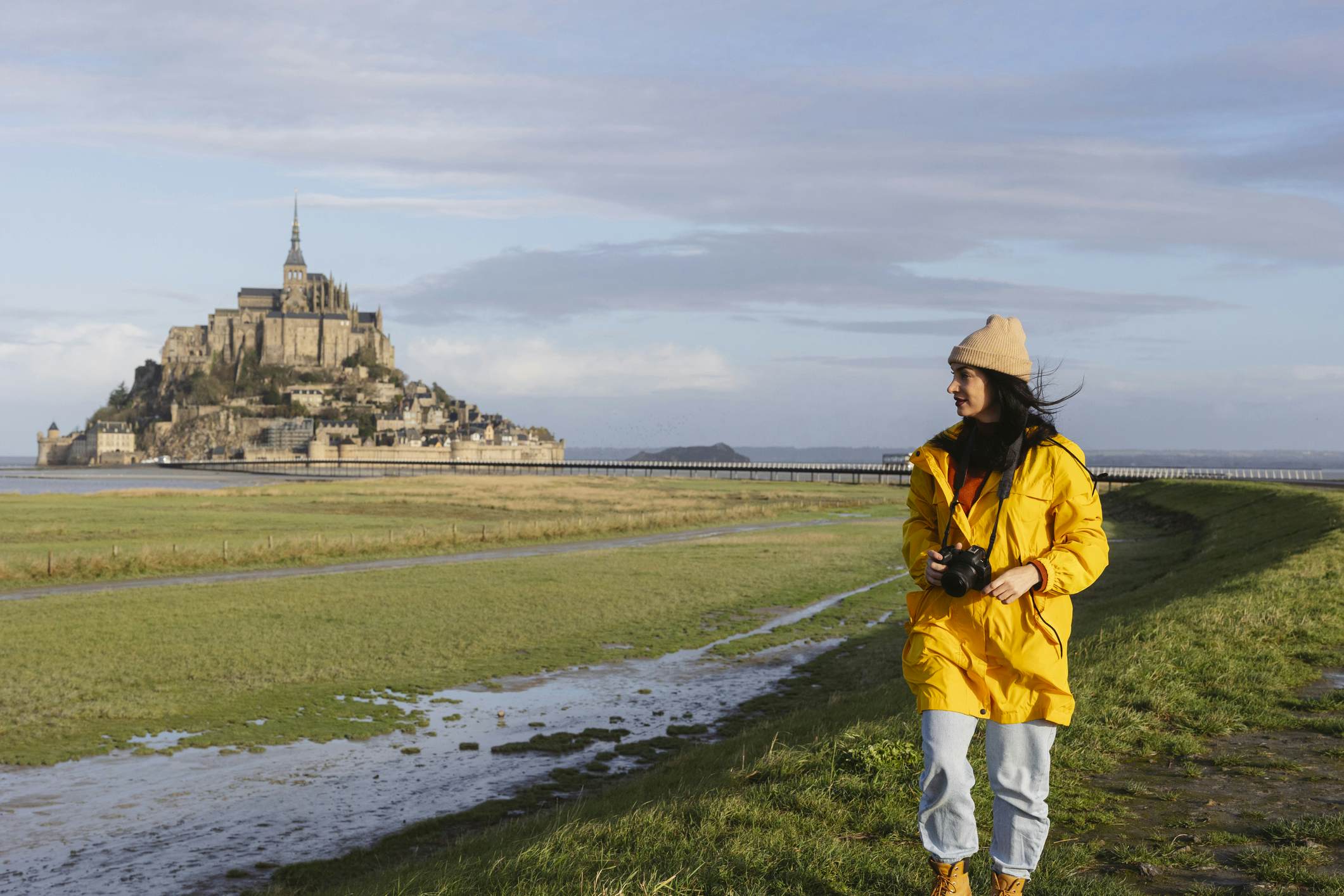
Special Events and Festivals
As we shift from the benefits of off-peak travel, special events and festivals add vibrant layers to any trip to France. Participating in these celebrations immerses travelers in local culture while creating unforgettable memories.
Notable Cultural and Seasonal Celebrations
- Carnival of Nice (February) : A lively parade with spectacular floats and fireworks.
- Bastille Day (July 14) : France’s National Day, featuring fireworks over the Eiffel Tower.
- Fête de la Musique (June 21) : A day where music fills the streets, showcasing local talent.
Attending the Carnival of Nice transformed my perception of French culture. The lively atmosphere and colorful costumes were enchanting!
Planning Around Festivities for a Richer Experience
When planning a visit, aligning travel dates with these events can elevate the experience. Consider:
- Booking in Advance : Events can attract crowds, so securing accommodations early is wise.
- Researching Local Customs : Understanding the background enriches participation in festivities.
By weaving these celebrations into travel plans, visitors not only enjoy thrilling experiences but also connect with the heart of French culture, creating a trip that feels truly special.

Weather Considerations for Different Regions
Transitioning from vibrant festivals, understanding weather variations across France is crucial for any traveler. Each region possesses its own unique climate, influencing what you can experience during your visit.
Contrasting Climate Variations Across France
- Northern France : Cooler temperatures with frequent rain; highs around 15°C (59°F) in summer.
- Southern France : Warm and sunny, often reaching up to 30°C (86°F) in summer—perfect for beach outings.
- Eastern France : Cold winters ideal for skiing in the Alps, with heavy snowfall.
On my summer trip to Provence, the sunny weather contrasted starkly with my previous winter visit to Paris, giving me a taste of both worlds!
How to Choose the Ideal Destination Based on Weather
When selecting your destination, consider the following:
- Activities : Beach lovers should opt for the south in summer, while winter sports enthusiasts will find the Alps irresistible.
- Personal Preferences : Do you prefer warm, sunny days or cooler adventures?
By aligning your destination with your weather preferences, you can tailor your French experience, ensuring it’s enjoyable and memorable throughout the year!

Budget-Friendly Travel Tips
As we conclude our discussion on weather considerations, let’s explore some budget-friendly travel tips that can make your time in France both enjoyable and economical. Managing expenses is essential, especially in a destination known for its rich experiences.
Saving Money During Peak Seasons
Traveling during busy months doesn’t have to break the bank. Here are some strategies:
- Book Early : Secure flights and accommodations in advance for better rates.
- Stay Outside Major Cities : Consider lodging in nearby towns to save on lodging costs while still being close to attractions.
When I visited Paris during August, staying in a charming Airbnb in a nearby suburb allowed me to enjoy the city without the hefty price tag!
Making the Most of Off-Peak Deals
Traveling during off-peak seasons can offer incredible savings. Here’s how to maximize your experience:
- Explore Promotions : Many hotels offer significant discounts during less crowded months.
- Attend Local Events : Some festivals and events have free or low-cost entry options, providing cultural immersion without extra expense.
Embracing these budget-friendly strategies will not only enhance the travel experience but also allow for exploration of more aspects of the beautiful French culture without financial stress!
